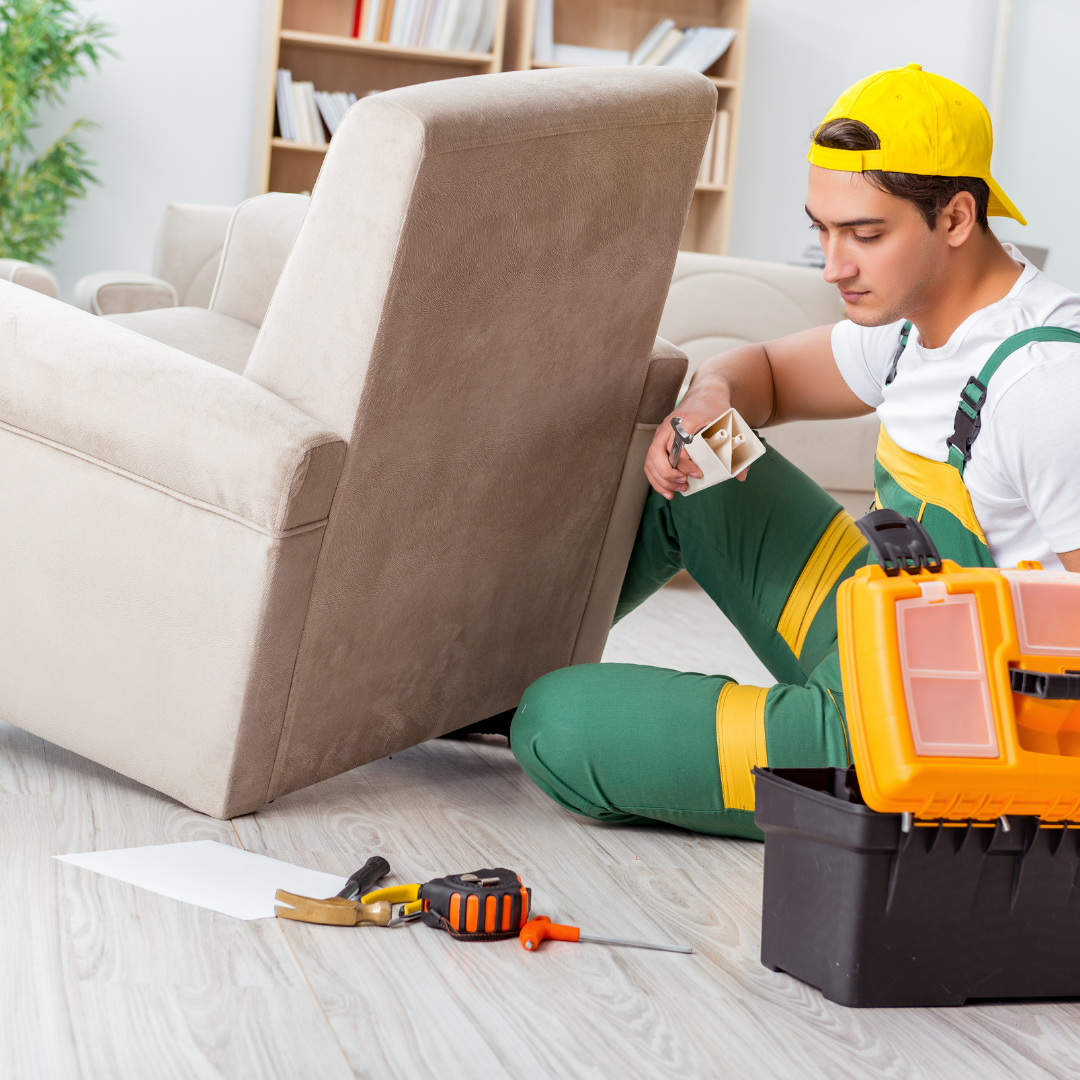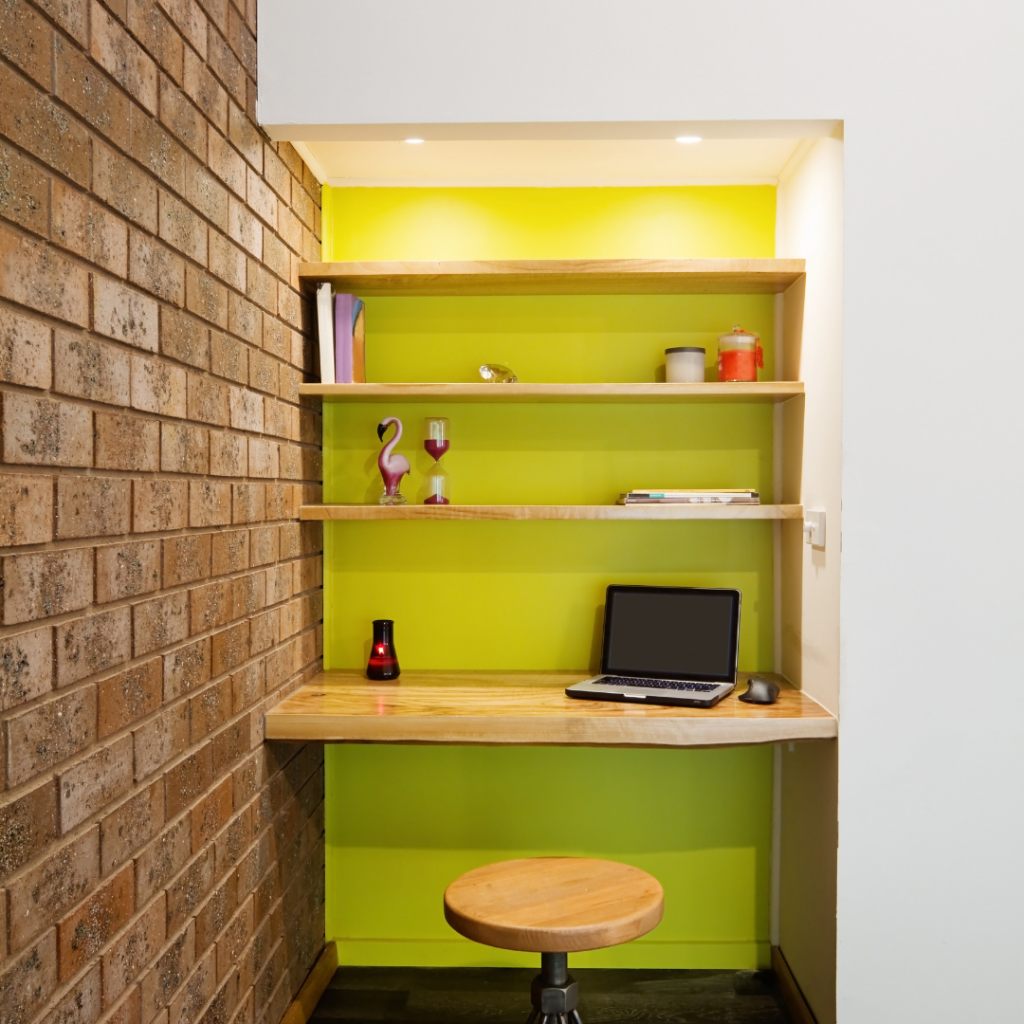Furniture is pretty much just the place where we hang out with our family and friends and talk to them. For some people, repairing furniture is an art, while it is just a job for others. Artisans who repair furniture know the material and tools they use and are able to do so beautifully. But you do not have to be an artisan to keep your furniture looking beautiful and usable. You can also use Bondo and wood filler, which are both readily available in many hardware stores.
Wood filler
Wood filler is a repair material used to fill cracks and holes in wood. It is a white, porous material that has a consistency similar to modeling clay. It dries to a hard, plastic-like surface that can hold its shape after being cured. It is usually used to repair small, localized cracks instead of large-scale repairs. Wood filler is applied with a brush or a filler gun, and typically only a small area needs to be repaired at a time. It is usually applied with a small brush, a small foam brush, or a putty knife.
Wood filler is a relatively new product that has found its way into a lot of DIYers’ toolkits. It’s a relatively inexpensive spray-on material that can be used to patch woodwork that has been damaged by water or has a hole from a nail or screw. It erases the damage and fills in the gaps, and it can be painted over to look just like wood. However, like many things, it has a few downsides.
Wood filler is a popular and inexpensive material used in home improvement projects, but it is not without disadvantages. For example, it is messy, and it can cause itchy, swollen eyes and breathing problems in children. In addition, the wood filler can crack, crumble, and wear away over time, causing unsightly cracks and ugly stains to appear on furniture.
Bondo
Bondo has been a popular choice for detailing and repairing cars for decades. However, now that auto body repairs are more common in households, many do-it-yourselfers are asking, “Does Bondo have a place in home repair, too?” The short answer is “Yes, absolutely” when used correctly. Bondo is a durable, long-lasting adhesive suitable for use on wood, plastic, and even metal surfaces.
Bondo has been a stand-by in furniture repair for decades. It’s a two-part epoxy that cures and sets in about an hour and is said to be more robust than wood filler. However, Bondo has some issues, including odor, its slower cure rate, and it can seep through the wood, causing separation. However, many people believe that Bondo is better for smaller projects than wood filler (such as repairing a small chip on a footstool) and may be useful for more delicate repairs.
While most people are aware of household items like couches, desks, and chairs that can be repaired using a type of filler known as Bondo, some may be surprised to learn that furniture can be repaired with a variety of other materials as well. These days, wood filler is the go-to material for filling in the gaps that appear when the wood is damaged. It has a number of advantages over Bondo, including the fact that it can be easily applied with a brush to wood surfaces, and it dries faster than Bondo. In addition, the wood filler can be sanded to a smooth finish, which helps to blend it into the surrounding wood, making it a much more attractive option than Bondo.
The reality of owning a home is that we all need new things from time to time. Whether it’s a piece of furniture that needs to be repaired or replaced or a new piece of furniture that we want to buy to fill the empty space in our homes, unfortunately, many of the materials that are used to make these products can be harmful to our health. Some consumers may want a material that includes harmful chemicals, while others may want to avoid toxic materials altogether. The good news is that there are a number of non-toxic and healthy options for repairing your furniture.





Leave a Reply